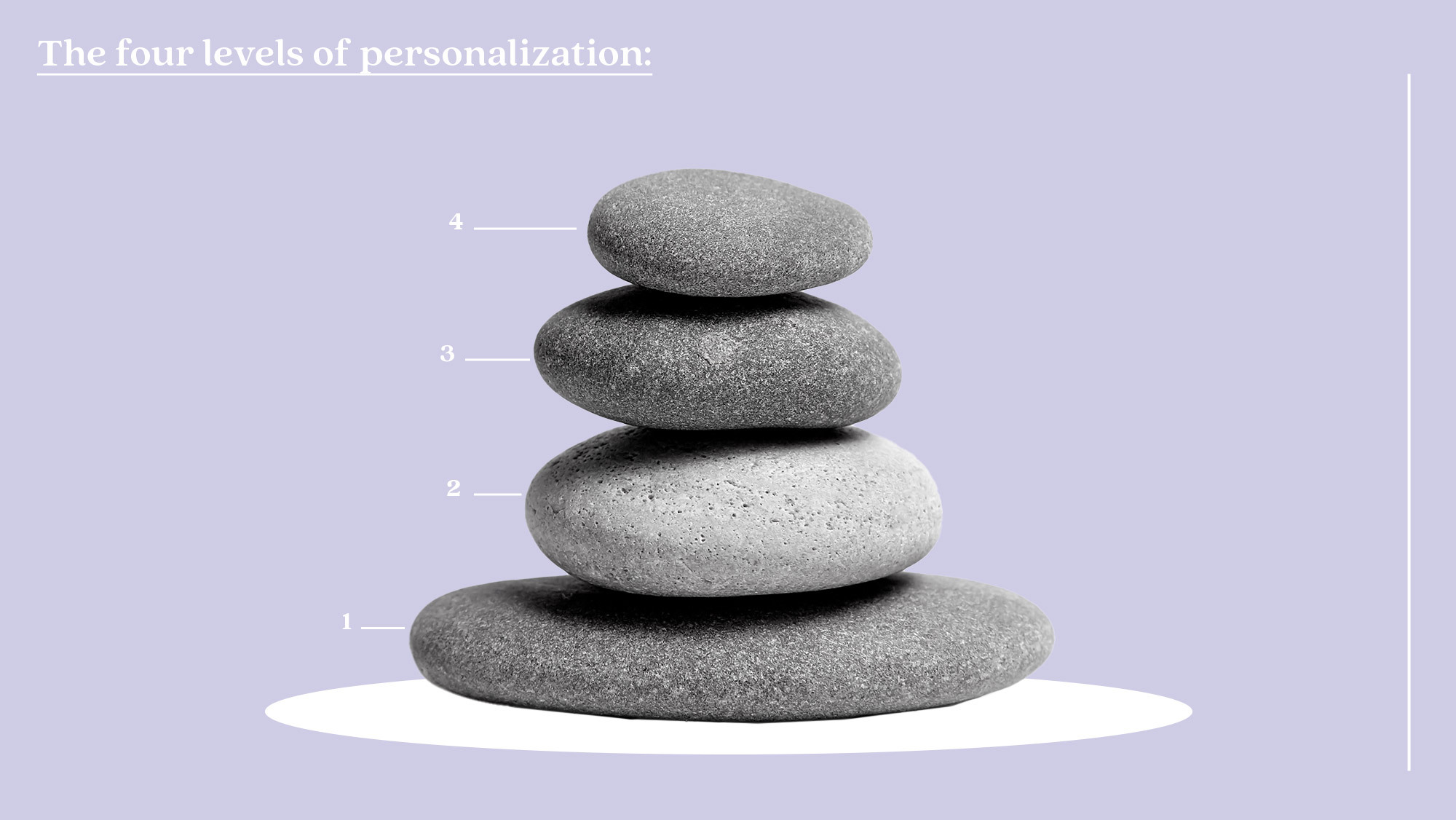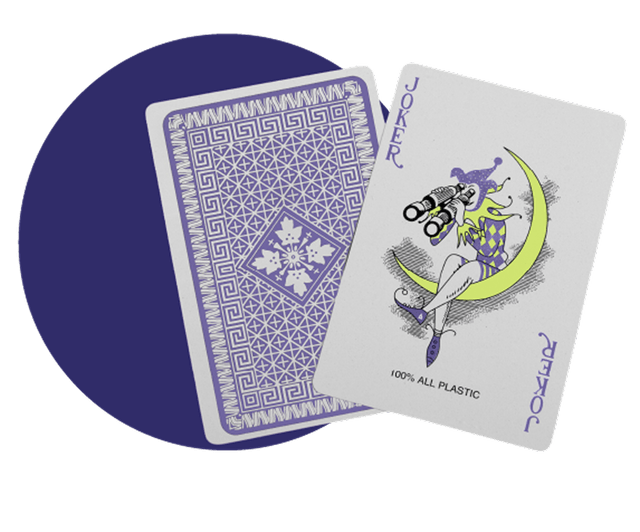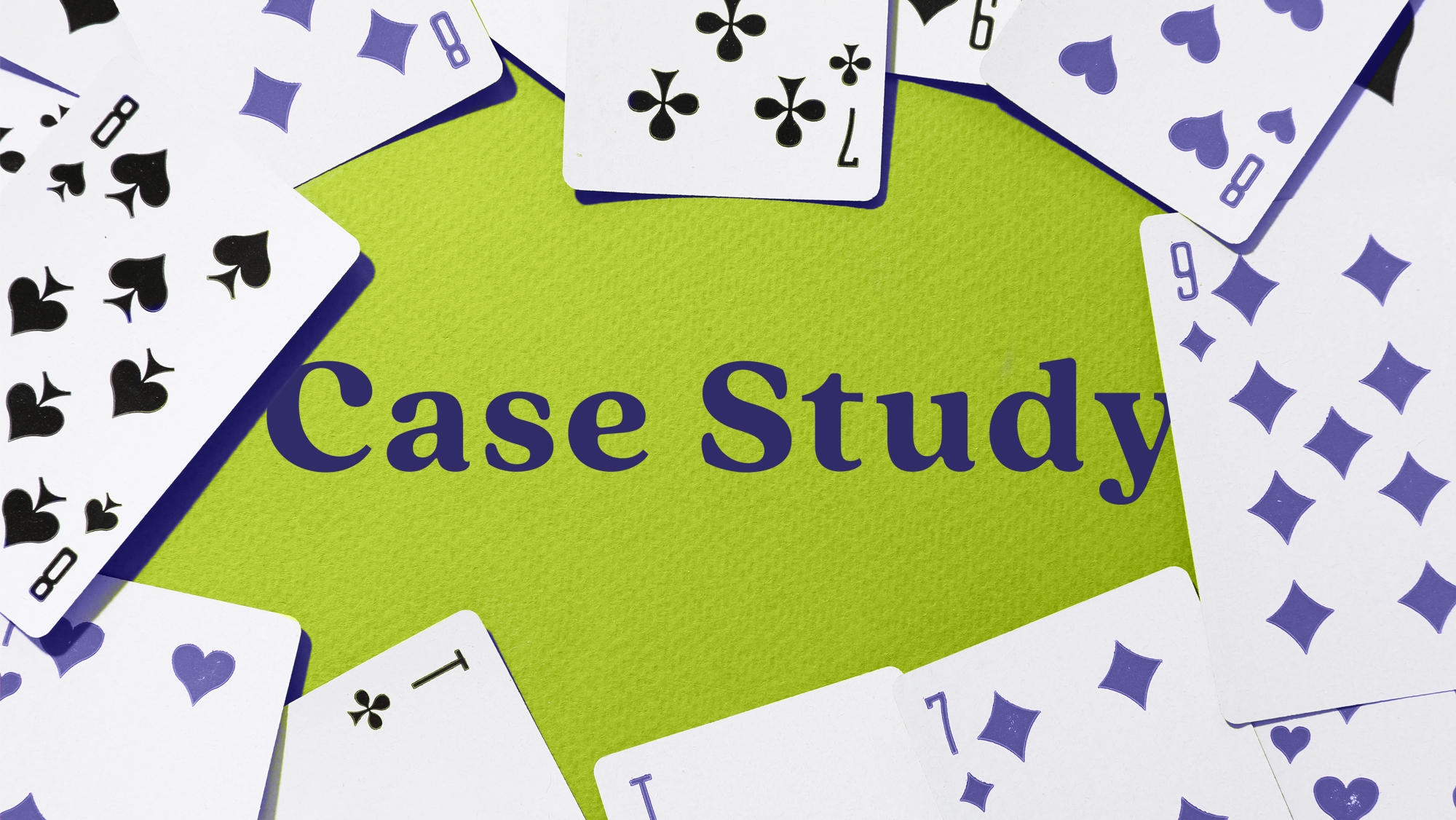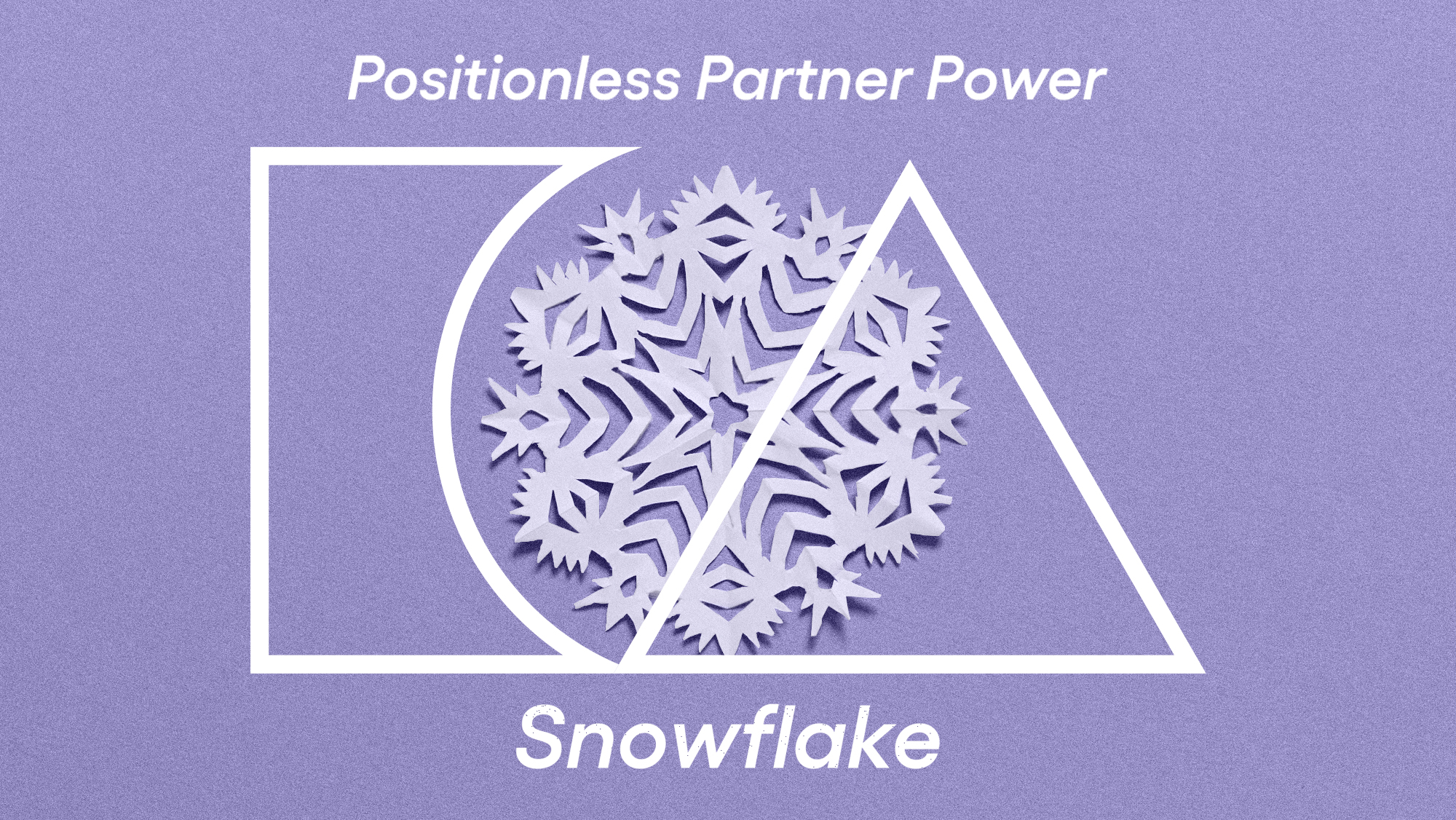
AI and the Retail Marketer’s Future
How AI transforms strategy and processes, driving the adoption of Positionless Marketing
Exclusive Forrester Report on AI in Marketing

Personalization isn’t just a buzzword—it’s a necessity. As customer expectations for tailored experiences continue to rise, brands must find innovative ways to engage their audiences. One of the most effective strategies to boost customer engagement and increase Customer Lifetime Value (CLV) is through optimizing your levels of “generosity” (e.g. promotions, discounts, rewards).
To truly engage customers and maximize the impact of their promotions, it is essential brands adopt a structured personalization process, or personalization maturity model. Here’s how it works:
Here are the four stages of personalization:
The foundation of any successful personalization strategy begins with segmentation. By categorizing customers based on their unique behaviors and characteristics, brands can better understand and address the specific needs of different customer segments. This "start with the customer" approach ensures that interactions are relevant and resonant. In addition, it helps brands adopt a customer-centric mindset where every marketing action starts with the customer instead of a product or campaign idea.
After creating multiple segments and planning targeted campaigns, customers may qualify for several offers simultaneously (for example, a birthday campaign and a welcome journey, and a risk of churn campaign). This is where AI-powered decision-making becomes essential, intelligently selecting the best campaigns for each customer to improve their experience and maximize their lifetime value (LTV) based on their preferences, engagement patterns, and historical performance of these campaigns with similar customers. This approach ensures that every customer receives the most relevant offers, enhancing their overall experience.
As personalization deepens and customer data grows, managing these complexities becomes increasingly challenging. AI-driven decisioning is crucial for scaling personalization efforts, allowing brands to deliver the right message to the right person at the right time.
Within any given campaign, selecting the most appealing offer or promotion variation for each customer and choosing the ideal channel to deliver it are crucial steps. By using AI decisioning, brands can move beyond traditional A/B testing (where one variant is determined the “winner” and is deployed to all the audience, ignoring the many customers who prefer something else) to continuous optimization, ensuring that every individual receives the most relevant offer, tailored to their preferences, delivered through their preferred channel. Moreover, AI-powered continuous optimization will cater to seasonality or to changes in customer preferences and product assortment, reducing the need to manually perform repeated tests.
Consider experimenting with varying discount levels as an example. AI can dynamically select the optimal discount level for each customer, enhancing their experience by offering just the right incentive without over-discounting those who might buy anyway. This approach not only elevates the customer experience but also improves profitability by preserving margins, ensuring that every interaction feels generous yet strategically sound.
Finally, to truly personalize the experience, the content within the campaign must be fine-tuned. This includes using personalization tags, conditional language, and dynamic real-time personalized content or AI-driven recommendations. These elements ensure that every interaction feels uniquely tailored to the individual, enhancing engagement and satisfaction.
With a strong personalization foundation, generosity (promotion) optimization becomes attainable. Personalization empowers marketers to adjust the level of generosity—such as bonuses, promotions, or incentives—offered to each customer based on their specific behaviors, preferences, and predicted lifetime value. By leveraging advanced data analytics and AI, brands can automatically optimize these offers over time, ensuring they meet the evolving needs of each individual, and improve profit margins while doing so.
For instance, consider a customer who is highly active during the holiday shopping season but less engaged afterward. AI-driven optimization can detect these changes in engagement and adjust the discount level for that customer over time, such that it remains at a certain level during the holidays, and automatically increases after the holidays, to incentivize the customer to stay active. This approach not only enhances the customer’s experience but also drives increased loyalty and profitability, creating a win-win for both the customer and the brand.
For more information on Generosity optimization, read how OptiPromo enhances promotional systems by automating personalized, behavior-driven rewards powered by data – and how it empowers marketers to deliver promotions that boost engagement and loyalty while optimizing generosity (promotion spending).
While optimizing generosity is essential, it’s equally important to maintain consistency across all communication channels. A customer should never experience a disconnect between the offer they receive in an email and the offer they find when clicking through to a website. By orchestrating all messaging from a single tool, marketers can ensure “symmetric messaging” where customers receive cohesive and coordinated messages across all channels and platforms. This strengthens the brand experience and improves retention.
The four levels of personalization provide the foundation for effective generosity optimization, which in turn can significantly boost Customer Lifetime Value and improve profit margins. By continuously optimizing offers and maintaining symmetric messaging across channels, brands can deliver personalized experiences that not only satisfy customers but also drive long-term loyalty and business success.
For more insights, request a demo.
Exclusive Forrester Report on AI in Marketing
In this proprietary Forrester report, learn how global marketers use AI and Positionless Marketing to streamline workflows and increase relevance.


Shai Frank serves as the SVP of Product and GM of the Americas at Optimove. Since his start in 2018, Shai has played a pivotal role in shaping the vision, strategy, and roadmap for Optimove’s product portfolio. Under his leadership, the product department is designing and delivering innovative customer-led marketing solutions that have been instrumental in elevating the success of Optimove’s clients.
Shai brings a wealth of experience from nearly 20 years in product leadership and management across various industries. He holds a B.Sc. in Industrial Engineering and an MBA from Tel Aviv University in Israel.


